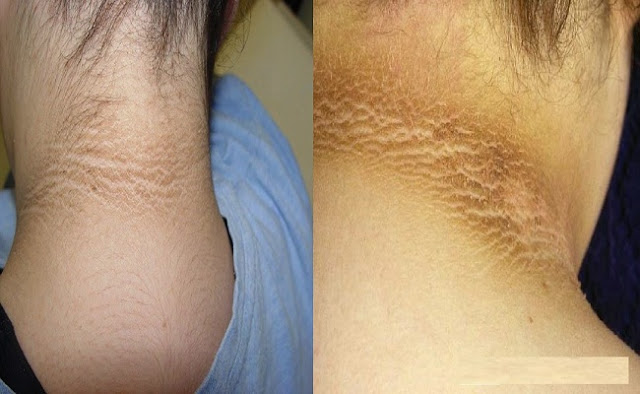The internet and social media has long been a source of many information, especially medical. We have read thousands of posts that talk about signs and symptoms and other information about different health conditions only to find out that they are hoaxes. Today, we are going to give light to another photo that has been circulating for a couple of years on the internet, about a certain sign of the medical condition diabetes: that dark ring around the neck. Is it really true that it is a sign of diabetes, or is it just another sensational “misinformation” or old wives tale that has reached the social media?
First of all, let us define what Diabetes or Diabetes mellitus is. We are going to explain this disease in the simplest way possible. We define Diabetes mellitus as simple as the inability of the body to metabolize (or breakdown) sugar. It may be caused by the pancreas’ inability to produce insulin, or when the pancreas cannot make enough insulin or both. Insulin, by the way, is the hormone that helps our body utilize the sugar in the food we eat.
Diabetes mellitus can either be Type 1, Type 2 or Gestational. Type 1 or juvenile diabetes usually begins in childhood. Type 2, on the other hand, occurs mostly to overweight and obese adults. Gestational diabetes, however, happens to some pregnant women.
Now the most common signs and symptoms of this disease are: increased hunger, thirst and trips to the washroom, unexplained weight loss, fatigue, blurred vision, headaches and sometimes, loss of consciousness. People with diabetes also have slow-healing wounds, itching of the skin, tingling sensation and numbness. But how about that dark ring around the neck?
Alyne Ricker, MD, pediatric endocrinologist at Joslin Diabetes Center in Boston, Massachusetts explains about this sign.
“When your body starts pumping out too much insulin—which is common with type 2—receptors in the skin folds respond by making extra pigment.”
So, yes, it is true, that dark ring on your neck may be a sign of Type 2 Diabetes. That ring pigmentation can also sometimes be seen on on the armpit and groin and is called acanthosis nigricans. But not everyone who has been diagnosed of this disease have this dark pigmentation. And sometimes, it can also be caused by improper hygiene. However, when in doubt, consult a physician and ask help from a Registered Nutritionist-Dietitian.
